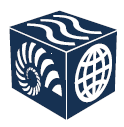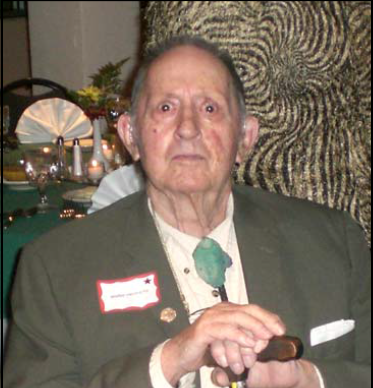 "Imagine a world with unlimited access to scientific data in any
field, where researchers can plot data from any source and visualize it
any way they'd like, and where they can model results and explore ideas
from a desktop, a lab or the field.
"Imagine a world with unlimited access to scientific data in any
field, where researchers can plot data from any source and visualize it
any way they'd like, and where they can model results and explore ideas
from a desktop, a lab or the field.EarthCube aims to make that vision a reality.
EarthCube is a National Science Foundation (NSF) effort to create a data and knowledge management system for geosciences in the 21st century.
Its objective is to develop new ways of understanding and predicting the Earth system, from the sun to the center of the Earth.
To foster a dialog among geo-, bio- and cyberscientists to create an EarthCube framework, NSF has made 13 new awards totalling $14.5 million." [NSF news release]
I will lead the largest project, to develop a governing structure to facilitate agreement on system design and standards integration. The biggest challenges to building an effective cyberinfrastructure over the past decade have not been technical, but rather organizational, cultural, and institutional. We are bringing in social scientists to work with geoscientists and computer scientists to find ways past the barriers that have held us back. We will be testing methods to crowdsource an organizational structure that the community has a stake in and is flexible to respond to this quickly developing field.
The EarthCube governance award is to the University of Arizona where I am an adjunct professor in the Geosciences Dept. but the bulk of the work will be carried out by a virtual team scattered around the country and coordinated by our team at the Arizona Geological Survey.
The NSF announcement also said
Scientists who specialize in governance; data discovery, mining and access; workflows and other fields are participating. We're in an era when access to information and data is often less a problem than the ability to efficiently process and use it, geoscientists say. In some cases, the problem is caused by huge datasets that are difficult to store, transfer or analyze. In other cases, the challenge is discovering and aggregating relevant data widely disseminated in many locations and formats, such as in the tables, text and figures of published papers, government agency reports, spreadsheets and websites. A central EarthCube goal is establishing a computing system that can aid in finding, extracting and aggregating data, as well as in processing, summarizing and synthesizing those data in ways that help geoscientists better understand and model Earth systems.
2013 NSF EarthCube Awards:
Yolanda Gil, University of Southern California: EarthCube building blocks: Software stewardship for the geosciences
Kerstin Lehnert, Columbia University, Lamont Doherty Earth Observatory: EarthCube RCN: CP4: Collaboration and cyberinfrastructure for paleogeosciences
Matty Mookerjee, Sonoma State University: EC3: Earth-centered communication for cyberinfrastructure: Challenges of field data collection, management, and integration
Wonsuck Kim, University of Texas at Austin: RCN: Building a Sediment Experimentalist Network (SEN)
Tim Ahern, Integrated Research Institutions for Seismology: EarthCube building blocks: Deploying web services across multiple geoscience domains
Christopher Re, Stanford University: EarthCube building blocks: A cognitive computer infrastructure for geoscience
David Maidment, University of Texas at Austin: EarthCube building blocks: Integrating discrete and continuous data
Siri-Johda Khalsa, University of Colorado: EarthCube building blocks: A broker framework for next generation geoscience (BCube)
Scott Peckham, University of Colorado: EarthCube building blocks: Earth system bridge: Spanning scientific communities with interoperable modeling frameworks
Ilya Zaslasky, University of California, San Diego: EarthCube building blocks: Community inventory of EarthCube Resources for Geoscience Interoperability (CINERGI)
David Fulkner, Open Source Project for Network Data Access Protocols: EarthCube building blocks: Specifying and implementing ODSIP, A data-service invocation protocol
Thomas Narock, University of Maryland, Baltimore County: EAGER: Collaborative research: EarthCube building blocks, leveraging semantics and linked data for geoscience data sharing and discovery
Lee Allison, University of Arizona: EarthCube test enterprise Governance: An agile approach

